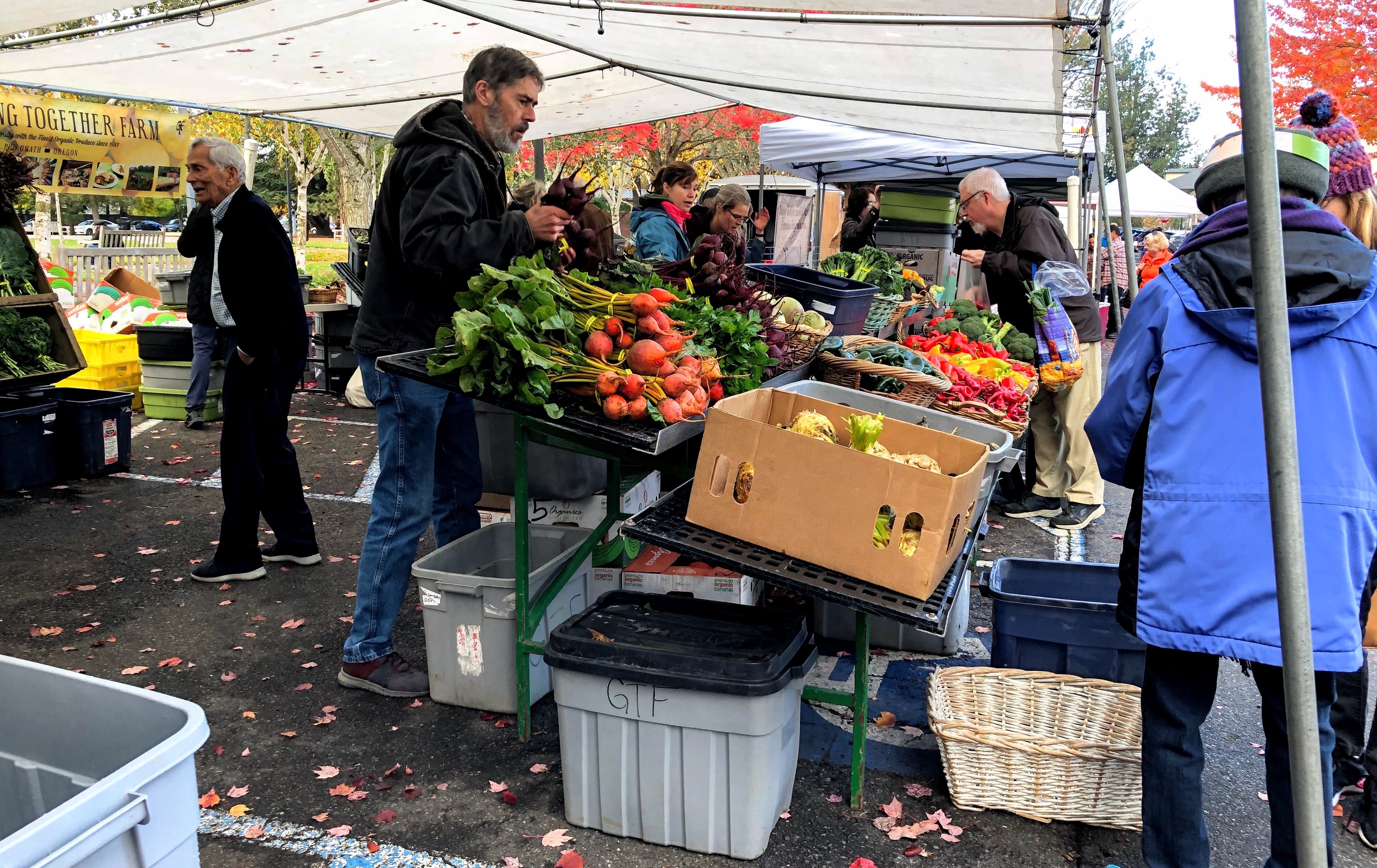
Farmers' Markets: Cultivating Community
I've been covering farmers' markets in the Northwest for more than a decade, starting with my weekly Market Watch column in the Oregonian's FoodDay to regular posts right here on Good Stuff NW about what's coming in from our region's fields and forests. One thing that's always impressed me about our market scene is the sense of community that exists not just between farmers and their customers in the market, but among the farmers and vendors themselves. This month's Beaverton Farmers Market newsletter brought that to mind again, and I thought I'd share with you market manager Ginger Rapport's reflections on that topic.
Our mission at Beaverton Farmers Market has always been to cultivate community. Yes, we believe that bringing fresh local foods to the Beaverton community is a large part of our mission, but without building strong relationships with community members, vendors and farmers we cannot succeed in delivering the other. We believe that’s what keeps you coming back to the market even more than the growing number of fresh food choices you can choose from (we’re very fortunate to live in an area that has many). We foster community.

This past weekend proved that we have been successful in our efforts, as the community came together to help one another out. Long before shoppers hit the market our crew and vendors are busy setting up in the early hours of the day. While the market may open at 9 a.m. in the fall, our staff and vendors are already on site at about 6 a.m. preparing for the day. Last Saturday began when one of our vendors had the misfortune of having her car break down in the market. After vendors and market staff moved her car out of the way in the market, Ron Lilienthal of More-Bees, sprang into action to troubleshoot his neighbor’s car. He didn’t want her to be stranded once the market was over. Being the handy guy that he is, he borrowed some tools from the market, ran out for a part and was able to make repairs so that she could leave the market at the end of the day.
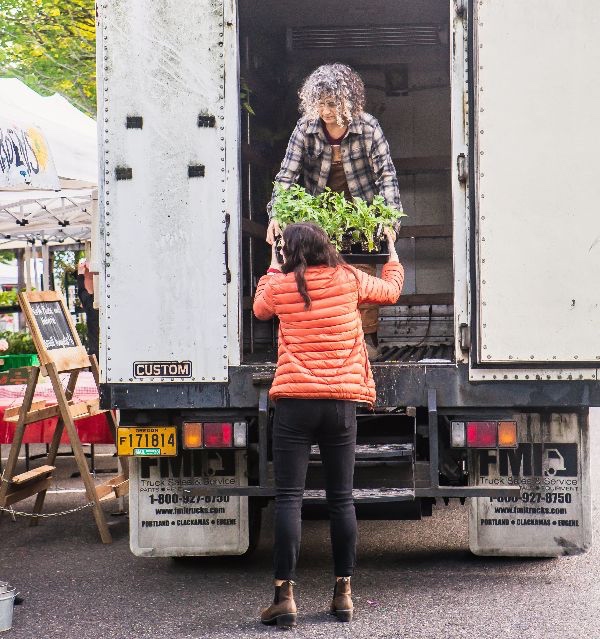
Early in the day on our staff had received word from both Denison Farms and Gathering Together Farm that they were stuck in standstill traffic on Interstate 5 North with all lanes blocked. Sadly, there was a multiple car accident with injuries and a fatality. We were saddened by the news, but grateful that our vendors were safe, just delayed. Both vendors were able to make it to the market some time after opening. Once the farms arrived, the Beaverton Farmers Market really rose to the occasion—vendors, market staff, and even customers chipped in first to unload Denison Farms’ truck. After Denison Farms was set up, Tom Denison came over to help pitch in at Gathering Together to get their booth set up as well. Customers, employees, market staff and other vendors were stocking produce in baskets and unloading boxes and pallets. We appreciated the patience of our customers and the camaraderie of our community as we worked through the rocky start.
We like to think of our market as a microcosm of a small town—some days are rougher than others, but we’re all working together to make this market the best it can be: a place to gather with neighbors, new and old alike, providing fresh local food and relationships.
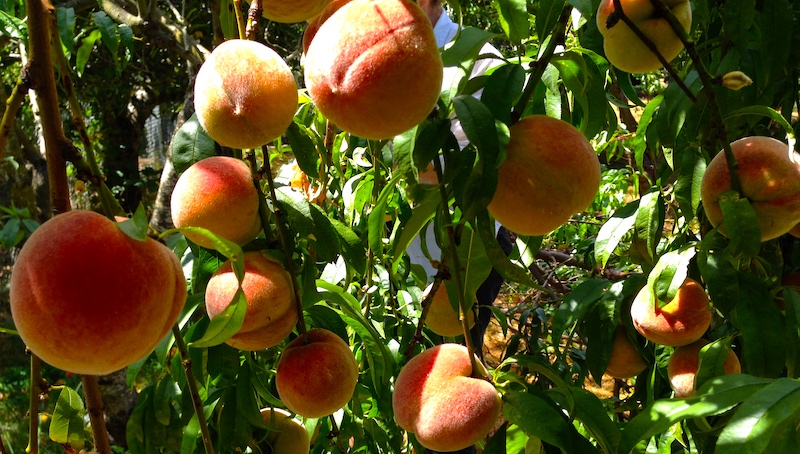
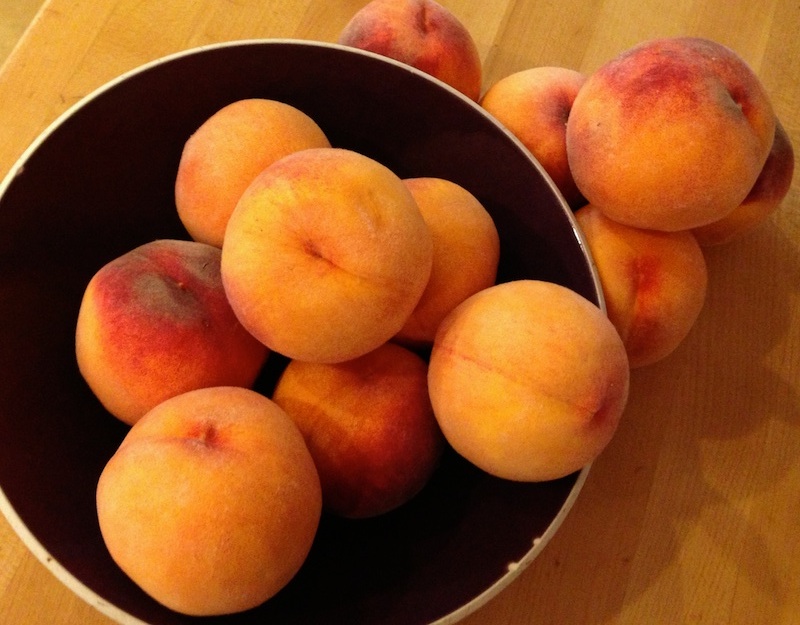
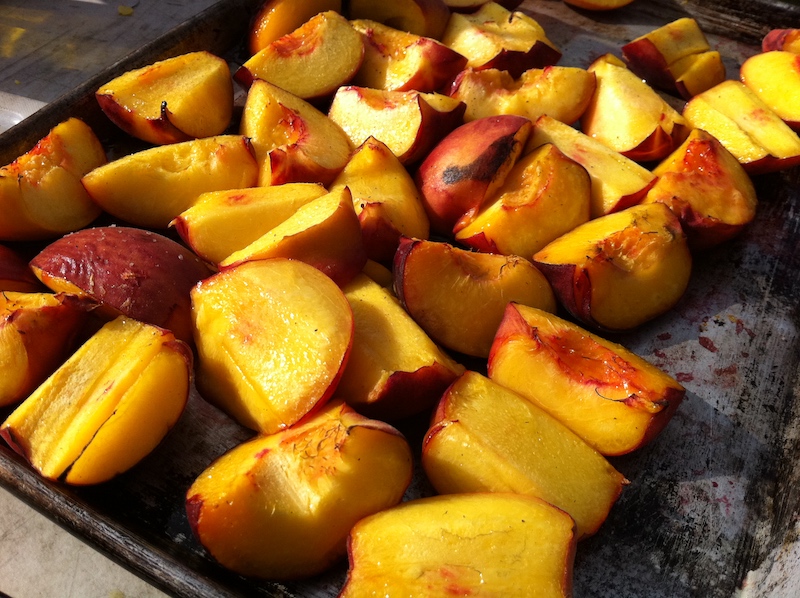
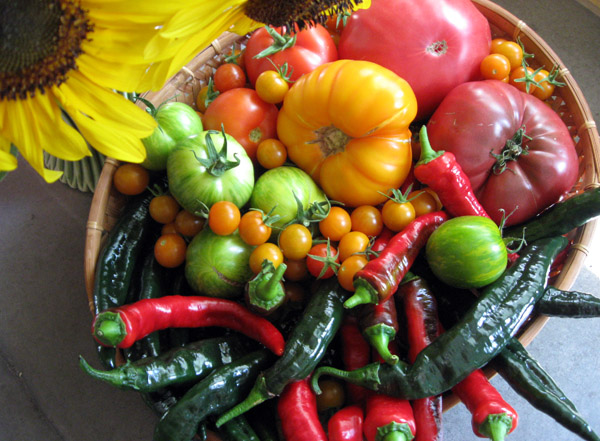
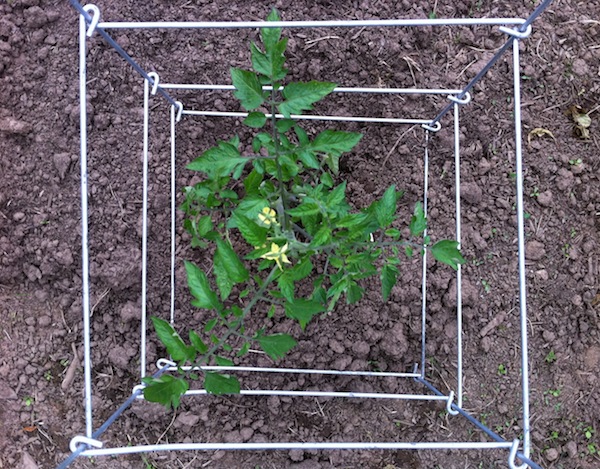
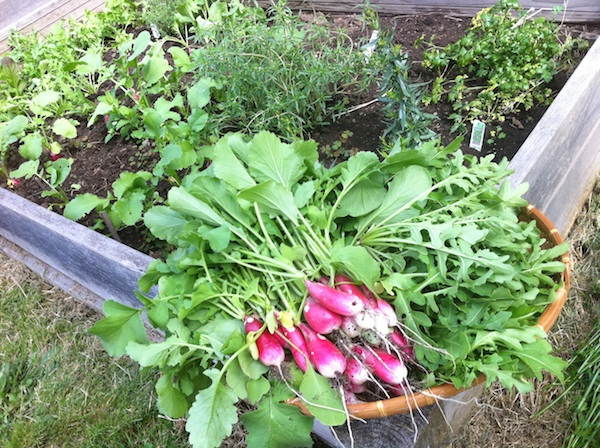
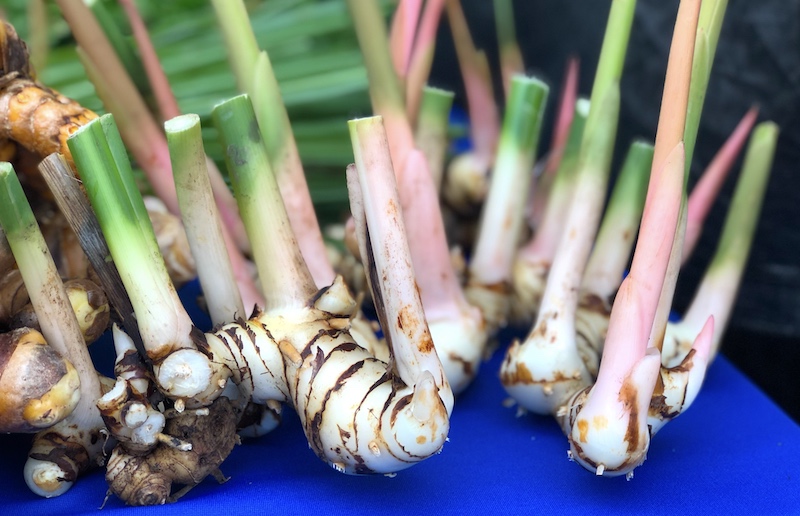
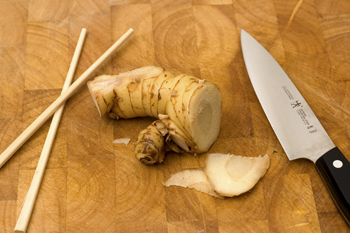
 Since fresh galangal is not available all year round, we recommend putting a stash of peeled fresh tubers in your freezer for use when it is out of season. While you are thinking in advance, we recommend freezing lemongrass as well. Together, they provide the exciting flavors required for a variety of delicious dishes including soups, curries and sauces. To freeze lemongrass, trim stalks to the bottom six inches, then transfer to zip-lock bags and freeze.
Since fresh galangal is not available all year round, we recommend putting a stash of peeled fresh tubers in your freezer for use when it is out of season. While you are thinking in advance, we recommend freezing lemongrass as well. Together, they provide the exciting flavors required for a variety of delicious dishes including soups, curries and sauces. To freeze lemongrass, trim stalks to the bottom six inches, then transfer to zip-lock bags and freeze. To prepare lemongrass, remove tough outer leaves to expose the pale yellow interior that is softer and easier to slice. Use a sharp serrated blade to slice off the lower bulb, about two inches from the end of the stalk. Discard bulb. Stop slicing when you have cut two-thirds of the way up the stalk, or when it is no longer yellow and fleshy. Because lemongrass is so tough, the slices will need a to processed in the food processor on high, or pounded in a mortar and pestle for a minute or two.
To prepare lemongrass, remove tough outer leaves to expose the pale yellow interior that is softer and easier to slice. Use a sharp serrated blade to slice off the lower bulb, about two inches from the end of the stalk. Discard bulb. Stop slicing when you have cut two-thirds of the way up the stalk, or when it is no longer yellow and fleshy. Because lemongrass is so tough, the slices will need a to processed in the food processor on high, or pounded in a mortar and pestle for a minute or two.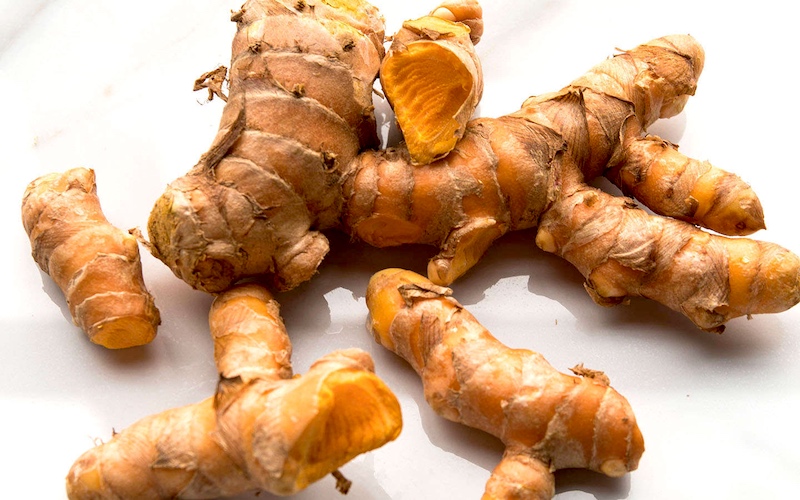 Store fresh turmeric in the refrigerator in a plastic bag, or airtight container, or freeze it for several months. In recipes, one inch of fresh turmeric is equivalent to one tablespoon freshly grated turmeric, or 1 teaspoon of ground turmeric.
Store fresh turmeric in the refrigerator in a plastic bag, or airtight container, or freeze it for several months. In recipes, one inch of fresh turmeric is equivalent to one tablespoon freshly grated turmeric, or 1 teaspoon of ground turmeric.